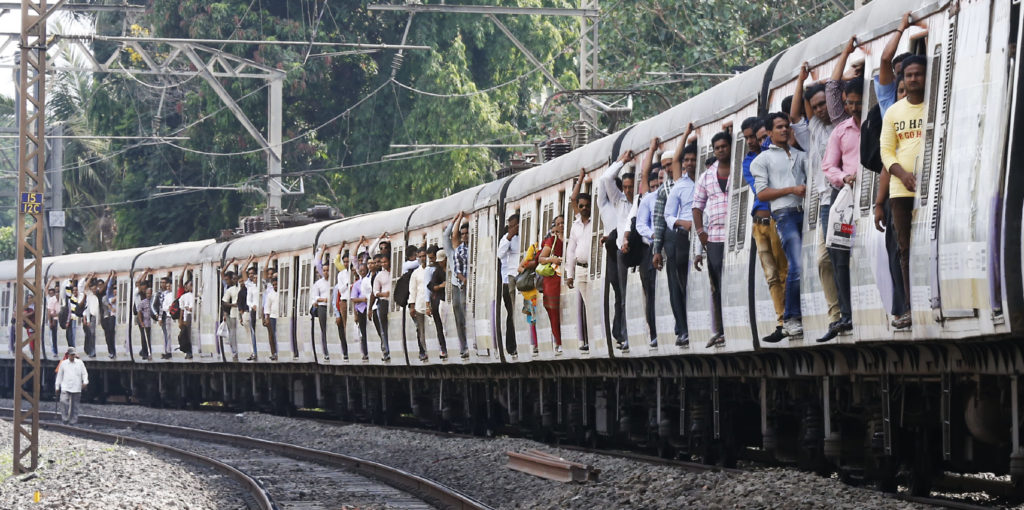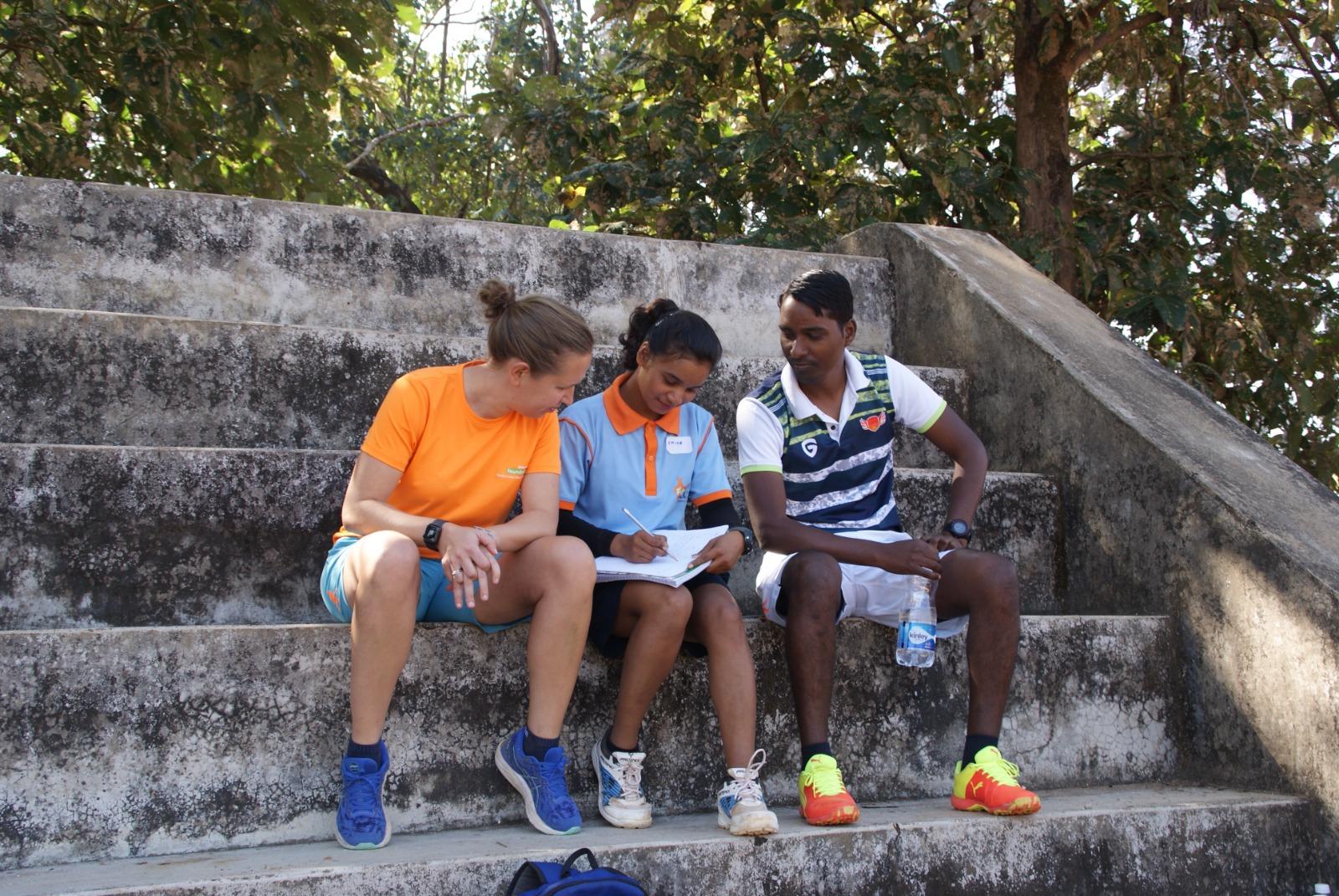Travelling
One of the things that no longer surprises me is the way of travelling in India. And although is does no longer surprise me, it definitely does surprise the people in the Netherlands when I tell them about travelling in India. Therefore I will use this month’s blog to write about it. Just like in the Netherlands, there are different forms of transport here, but in my opinion you can make a much clearer difference here between rich and poor. I have made a list in order from cheapest to most expensive form of transport to cover short distances and, well, sometimes long ones as well:
– walking;
– cycling;
– auto (to us known as a tuktuk);
– bus;
– motorcycle;
– car (from small to large, of course);
– ar with driver.

You may think, why isn’t there any mentioning of the train or plane, but these are only used for long distances. Unlike a car, the road network in India cannot be compared to the road network in The Netherlands. In India people don’t pay road tax. So it differs per village or city how well the road is maintained. I’ve travelled a lot by car the past months, but I’ve never gone faster than 100km per hour, and that was on a beautiful highway that was well constructed and maintained. Also, it seems like there are no rules for entering and exiting the highway, or actually just any road, wrong-way driving is normal here, so more than once the brakes of the car came in well. I kept track of how long it is possible to drive a 100km an hour. Try 60 seconds, that’s probably the longest I did! Cruise control is completely unnecessary here. Not only because people are driving on both sides of the road in all directions, but also because suddenly cows, sheep, dogs or people are walking on the road and even highway. But then also, more than once the road is interrupted because a piece of asphalt is missing, or a bridge is being build that doesn’t (seem?) to connect with the road (read: it is half a meter higher or lower than the actual road). Because of these things (and then I have really forgotten a few), a drive over 50 kilometers easily takes 2 to 2,5 hours. Indians often do only one thing in a day because it all takes so long.
Long distances
For long journeys you have the train and the plane. The most popular is the train because it can also be divided into categories from cheap to expensive. The plane is really only used by people who have money, even though a ticket is often between 50 and 100 euros (for the distance Amsterdam-Lisbon). After some inquiries, I found out that a middle-class salary is about 500 euros per month, so that’s a lot of money. For the train you have three grades from cheap too expensive, but also from slow to (relatively) fast.
• Government trains, they really stop everywhere;
• fast trains, kind of what is known to us as intercity train;
• and super-fast trains.

I will try to explain this briefly. The government trains are the trains we know from the news with people on top of the train and these are way too busy. Tickets are 10 cents to travel for 40 hours, but most people who travel like this pay nothing at all. The fast trains are slightly more expensive but still often stop. These trains travel approximately 1100 km one way and cross the country. Tickets cost between 5 and 10 euros, depending on the distance you travel. There are conductors here. The super fast trains only stop at large stations and often also have a sleeping area and air conditioning. These tickets are between 3 and 15 euros. For 15 euros you have a bed with pillow and bed linen. On this train you have to travel by name, there is security and a conductor per cabin. Fortunately, if I have to travel by train, I can stay in these cabins for an hour or 10 for 600 km. And yes, I make this trip on average once a month.
Naturally, the cabins are made to Indian standards, so I don’t fit in anywhere !! However, the system is great (read: NS maybe you should also do this). There is an app with which you can see exactly where your train is and what time it is expected to arrive. Handy, since the average train has to travel a total distance of 1200km one-way the chance of delay is more than average. Especially when suddenly a cow grazes on the tracks! And the app allows you even more; if you are on the train you can indicate this and you can set a personal alarm for the station where you have to get out so that you never get off at the wrong station. But the best thing is, most trains arrive here just in time!
To be fair, traveling in India can be tiring for Western people, because of the chaos, the pace (planes are easily an hour late) and because everything is too small. But if you like the train, have the time and want to travel cheap then India has a great system for this !!




